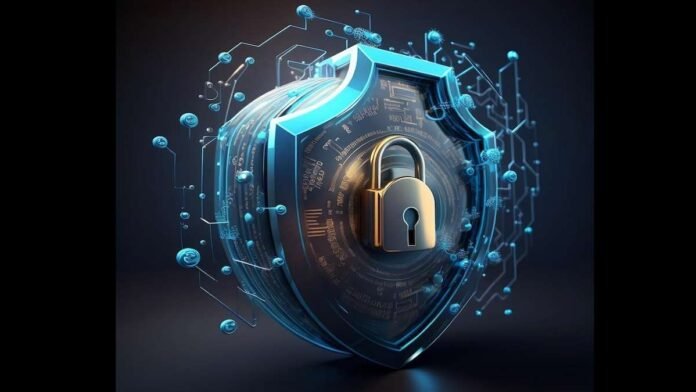Online banking has changed how we access our accounts access, but it also poses threats and scams. In today’s article you will learn all need to know about online banking scams…
Since online banking replaced traditional banking, customers may access their banks from home. It lets you pay bills, check your balance, and transfer money with your smartphone. Over time, threats and scams have increased. New methods are being developed by online criminals to steal user accounts. However, being cautious can help avoid costly scams.
Learn about the most prevalent and rising internet scams:
Bank scams
This is one of the easiest frauds for cybercriminals to access bank accounts through multiple methods. Scammers often try to get your account information.
Phishing
Phishing is when hackers try to deceive users. This online scam allows fraudsters send a text or email that looks like a bank communication.
Keeping the account functioning requires timely actions like confirming details.
Hackers may ask you to phone a false customer support number in their emails.
Users must not provide sensitive information like SSNs or birthdates.
Identity theft
Hackers acquiring or guessing your bank account password is another scam. Once they log in, hackers can utilize your sensitive data for personal benefit. Identity thieves could open credit cards, buy products, or transfer money from your bank account.
Cybercriminals use modern technology to guess billions of passwords each second.
Long passwords comprising letters and digits are difficult to crack.
Computer malware
The letter attachment may include fake antivirus software that infects your device if you download it.
Mailborne malware can penetrate and examine your device’s data and access your bank and financial information.
Antivirus software can be confusing, thus one may click the download link and corrupt the gadget.
Public WiFi networks
Public Wi-Fi allows criminals to access personal data, making open networks challenging. When using the internet in restaurants, department stores, and airports, users reluctantly allow the opportunist access.
If people access private information on an open network without a password, it’s easy to hack their device.
Unknowingly, opening your bank account online using public WiFi exposes your details to bank fraud.
If you shop online using public Wi-Fi, your credit card information is at risk.
Here are 7 cybercrime-prevention tips.
Install verified apps
After downloading an app, they usually request permission to access your personal data. If you download a fake app, hackers may sneakily obtain your account credentials. Avoid downloading apps and utilize trusted ones.
Accredited sites
Never click on links on impostor websites that look professional or have a similar domain to the actual one in the URL. Check the lock icon to see if the website is secure and authorized.
Use only secure connections
Public WiFi is always risky because it’s easy to exploit and steal user data. Always utilize a secure network to protect user data.
Be careful with the card.
Secure card payments must use the private network only. Before using a POS machine, you must trust it completely.
Numerous card scams include hackers using card data to make transactions and steal money. Do not let anyone defraud you of your money. Avoid dubious private roadside payments with the machine.
Phone/computer security software
Always use security software on your phone or computer to prevent hackers from ruining it. They protect you from suspicious behavior with an extra layer.
Never give out personal information to strangers.
Never give out personal information to strangers. Secure payments are in demand, therefore users must pay attention to mobile, computer, online browser, and operating system security software.
Users must upgrade PC, laptop, and mobile security to prevent fraud.
Use strong, longer passwords with letters, special characters, and upper and lowercase digits on your device. Remember to change passwords often.
Do not click suspicious links
Unknown links might be dangerous, so be careful. Avoid clicking on unfamiliar links, which could compromise your device, steal your bank account, or utilize your personal information for fraudulent purchases without your knowledge.
Conclusion
Online banking is popular for paying bills, checking balances, and transferring money from home. Over time, threats and scams can increase. Banking scams, phishing, computer viruses, public Wi-Fi networks, card safety, and phone/computer security software are common online scams.
Hackers employ phishing to steal account credentials from users by sending them an SMS or email that appears like the bank’s. Identity theft occurs when hackers steal or guess your password and open credit card accounts, buy items, or transfer money from your bank account. Cracking complex passwords with letters and digits is difficult, but cyber thieves employ powerful technology to guess billions of password combinations per second.
Download verified apps, avoid fake apps, use approved websites, use secure connections, use cards carefully, and use device security software to protect yourself from fraudsters. Never divulge personal information with strangers, use strong passwords, and avoid dubious websites.




